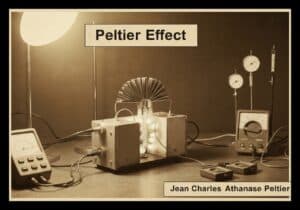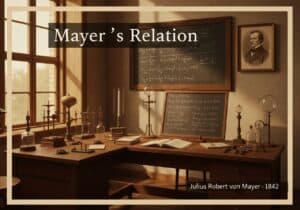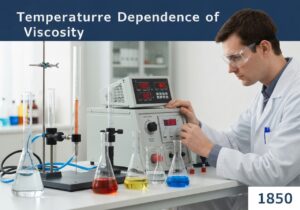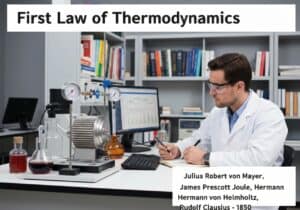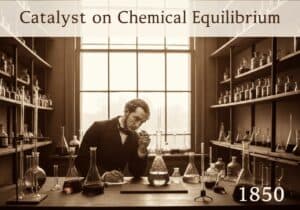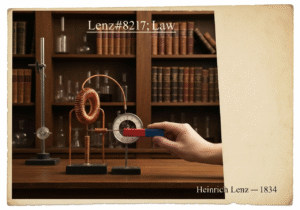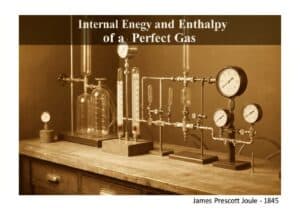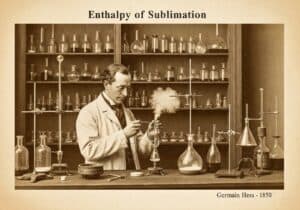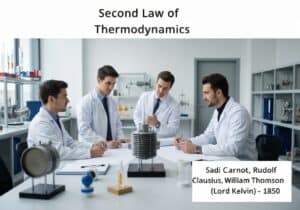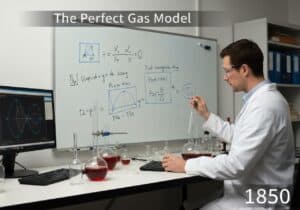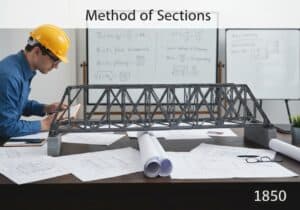A fundamental principle stating that the total energy of an isolated system remains constant over time. Energy can neither be created nor destroyed, only transformed from one form to another, such as from potential to kinetic energy. In classical mechanics, for systems with only conservative forces, the total mechanical energy [latex]E = T + V[/latex] is conserved.
Conservazione dell'energia
- Émilie du Châtelet
- Julius Robert von Mayer
- James Prescott Joule
- Hermann von Helmholtz
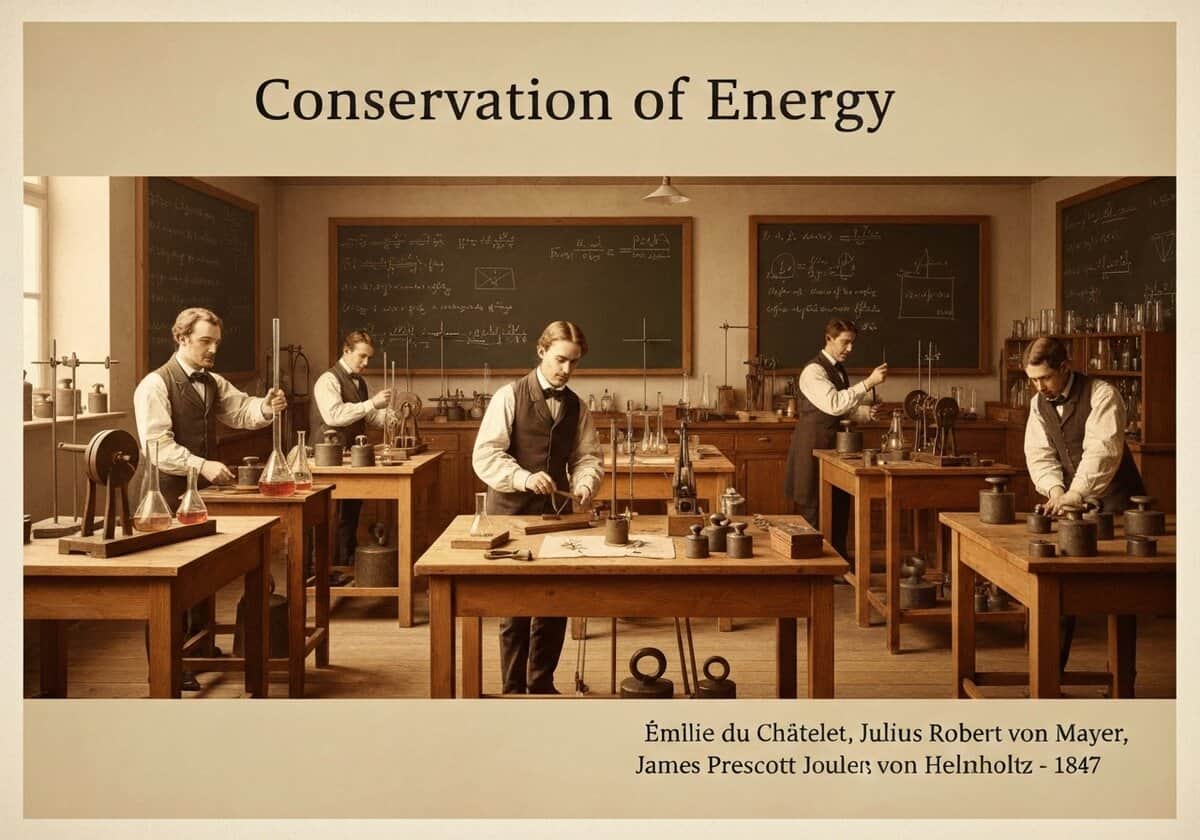
La legge di conservazione dell'energia è uno dei principi più fondamentali e universalmente applicabili in tutta la scienza. Il suo sviluppo ha attraversato secoli, evolvendosi dalle prime idee sul moto a una precisa formulazione matematica nel XIX secolo che unificava meccanica, calore e chimica.
In the context of classical mechanics, the principle is most clearly seen in systems subject only to conservative forces, such as gravity or the force from an ideal spring. A force is conservative if the work it does on an object moving between two points is independent of the path taken. For such forces, a potential energy function [latex]V[/latex] can be defined. The work-energy theorem states that the net work done on an object equals the change in its kinetic energy, [latex]W_{net} = \Delta T[/latex]. For conservative forces, this work can be expressed as the negative change in potential energy, [latex]W_{cons} = -\Delta V[/latex]. Combining these gives [latex]\Delta T = -\Delta V[/latex], or [latex]\Delta T + \Delta V = \Delta(T+V) = 0[/latex]. This shows that the total mechanical energy, [latex]E = T + V[/latex], is a constant of motion.
When non-conservative forces like friction are present, mechanical energy is not conserved; it is typically dissipated as heat. However, the total energy of the isolated system, including this thermal energy, is still conserved. This broader principle is the First Law of Thermodynamics.
In the 20th century, Emmy Noether’s theorem provided a deeper understanding of this law. It showed that the conservation of energy is a direct mathematical consequence of a fundamental symmetry of the universe: the fact that the laws of physics do not change over time (time-translation invariance).
Tipo
Interruzione
Utilizzo
Precursori
- Concetto di vis viva (Gottfried Leibniz)
- Studi sul calore e sul lavoro (Sadi Carnot, Émile Clapeyron)
- meccanica newtoniana
- Galileo’s experiments with pendulums
Applicazioni
- produzione di energia (dighe idroelettriche, centrali termiche)
- termodinamica e progettazione dei motori
- analisi della reazione chimica (entalpia)
- progettazione di montagne russe
- comprendere i processi metabolici in biologia
Brevetti:
Potenziali idee innovative
Livelli! Iscrizione richiesta
Per accedere a questo contenuto devi essere un membro di !Professionals (100% free)!
DISPONIBILE PER NUOVE SFIDE
Ingegnere meccanico, responsabile di progetto, ingegneria di processo o ricerca e sviluppo
Disponibile per una nuova sfida con breve preavviso.
Contattami su LinkedIn
Integrazione di componenti elettronici in plastica e metallo, progettazione in base ai costi, GMP, ergonomia, dispositivi e materiali di consumo di medio-alto volume, produzione snella, settori regolamentati, CE e FDA, CAD, Solidworks, Lean Sigma Black Belt, ISO 13485 in ambito medico
Stiamo cercando un nuovo sponsor
La tua azienda o istituzione si occupa di tecnica, scienza o ricerca?
> inviaci un messaggio <
Ricevi tutti i nuovi articoli
Gratuito, no spam, email non distribuita né rivenduta
oppure puoi ottenere la tua iscrizione completa -gratuitamente- per accedere a tutti i contenuti riservati >Qui<
Contesto storico
Conservazione dell'energia
(se la data non è nota o non è rilevante, ad esempio "meccanica dei fluidi", viene fornita una stima approssimativa della sua notevole comparsa)
Principi di invenzione, innovazione e tecnica correlati
